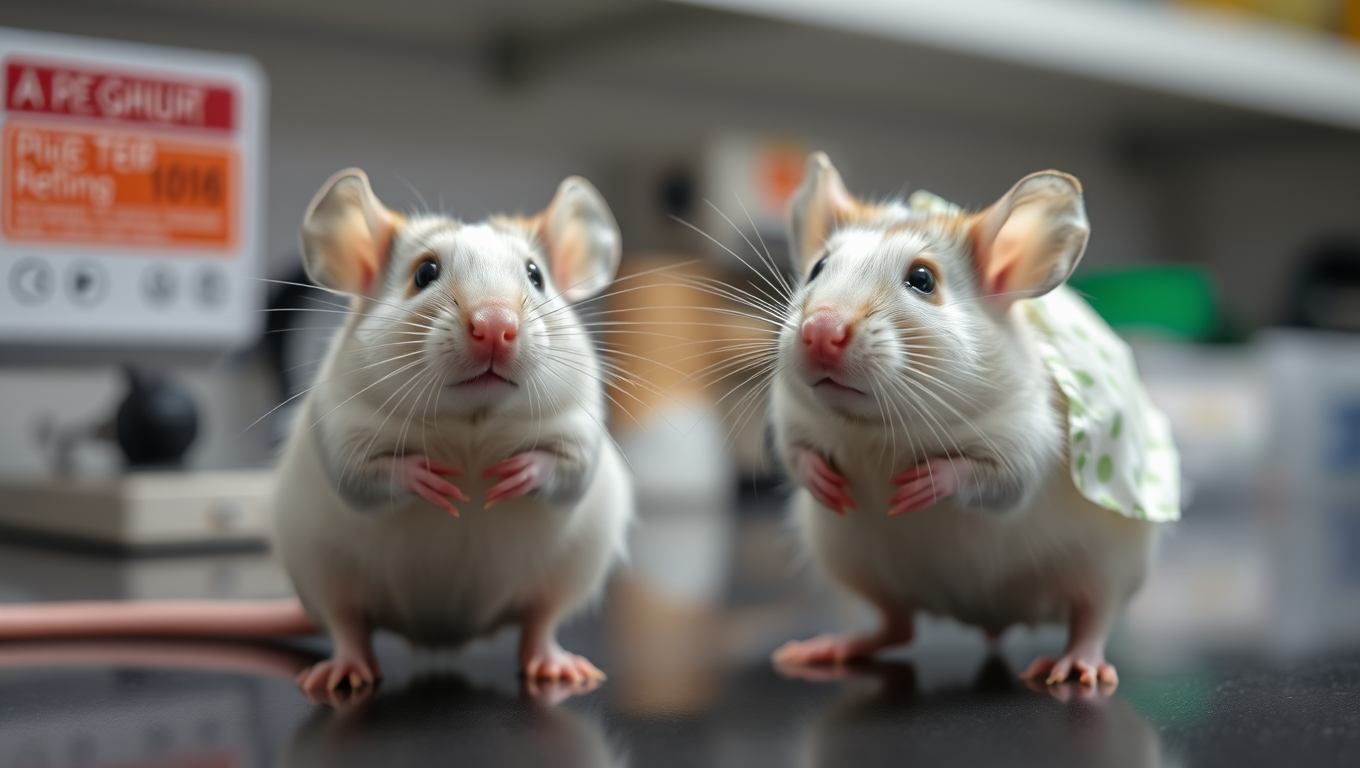While we try to keep things accurate, this content is part of an ongoing experiment and may not always be reliable.
Please double-check important details — we’re not responsible for how the information is used.
Anxiety
“Stress-Proof Pairs: How Opposite-Sex Mice Stay in Sync Under Pressure”
When faced with a potential threat, mice often freeze in place. Moreover, when two animals are together, they typically freeze at the same time, matching each other’s periods of immobility. In a new study, researchers found that coordination during fear looks different in males and females.

Anxiety
The Why Behind Exercise Matters More Than You Think
Movement helps your mood, but it’s not one-size-fits-all. Exercising for fun, with friends, or in enjoyable settings brings greater mental health benefits than simply moving for chores or obligations. Researchers emphasize that context — who you’re with, why you’re exercising, and even the weather — can make or break the mood-boosting effects.
Anxiety
The Monday Effect: How Mondays Can Etch Stress into Your Biology for Months
Feeling jittery as the week kicks off isn’t just a mood—it leaves a biochemical footprint. Researchers tracked thousands of older adults and found those who dread Mondays carry elevated cortisol in their hair for months, a stress echo that may help explain the well-known Monday heart-attack spike. Even retirees aren’t spared, hinting that society’s calendar, not the workplace alone, wires Monday anxiety deep into the HPA axis and, ultimately, cardiovascular risk.
Anxiety
Self-Esteem Soars 131% After Weight-Loss Surgery, Groundbreaking Study Reveals
Self-esteem scores jumped a remarkable 131% within just one year of bariatric surgery, according to a large study presented at ASMBS 2025. Tracking nearly 5,800 patients, researchers found a direct link between weight loss and rising confidence, with the greatest psychological boosts seen in those who lost the most weight. Despite differences in gender, race, or procedure type, patients across the board reported profound improvements in self-worth. The findings shine a spotlight on how addressing weight stigma through surgery can dramatically reshape not just bodies but minds.
-

 Detectors7 months ago
Detectors7 months agoA New Horizon for Vision: How Gold Nanoparticles May Restore People’s Sight
-

 Earth & Climate9 months ago
Earth & Climate9 months agoRetiring Abroad Can Be Lonely Business
-

 Cancer8 months ago
Cancer8 months agoRevolutionizing Quantum Communication: Direct Connections Between Multiple Processors
-

 Albert Einstein9 months ago
Albert Einstein9 months agoHarnessing Water Waves: A Breakthrough in Controlling Floating Objects
-

 Earth & Climate8 months ago
Earth & Climate8 months agoHousehold Electricity Three Times More Expensive Than Upcoming ‘Eco-Friendly’ Aviation E-Fuels, Study Reveals
-

 Diseases and Conditions9 months ago
Diseases and Conditions9 months agoReducing Falls Among Elderly Women with Polypharmacy through Exercise Intervention
-

 Chemistry8 months ago
Chemistry8 months ago“Unveiling Hidden Patterns: A New Twist on Interference Phenomena”
-

 Agriculture and Food8 months ago
Agriculture and Food8 months ago“A Sustainable Solution: Researchers Create Hybrid Cheese with 25% Pea Protein”





























